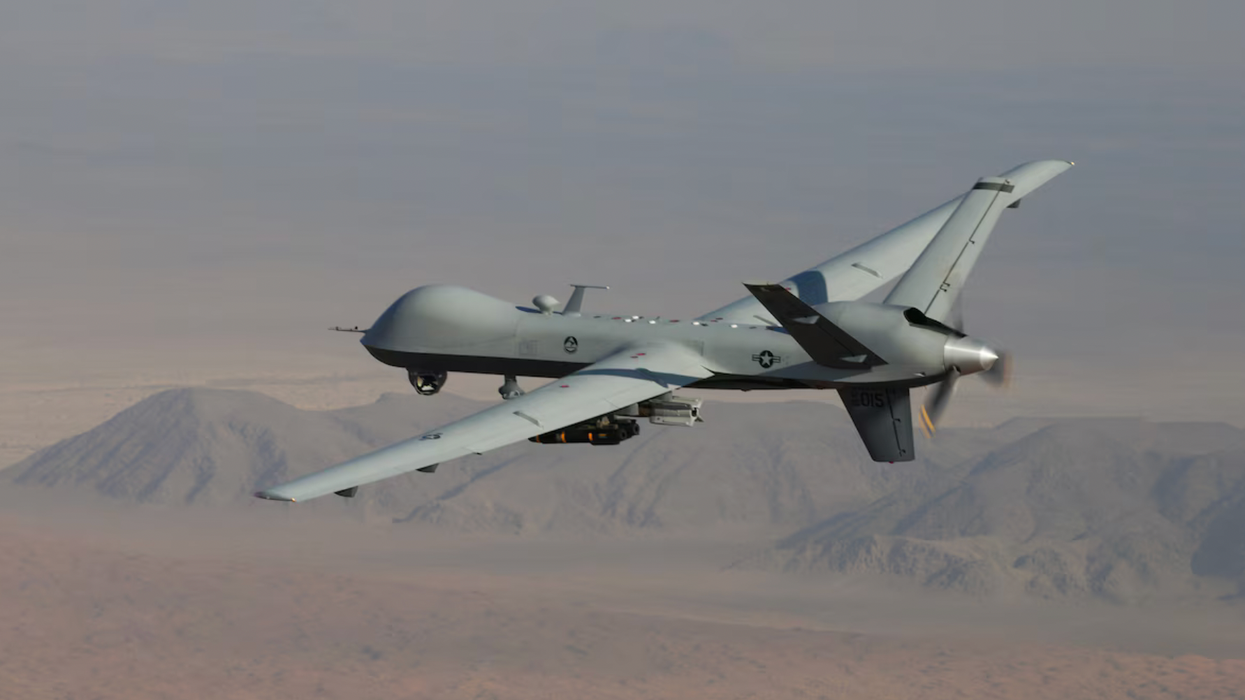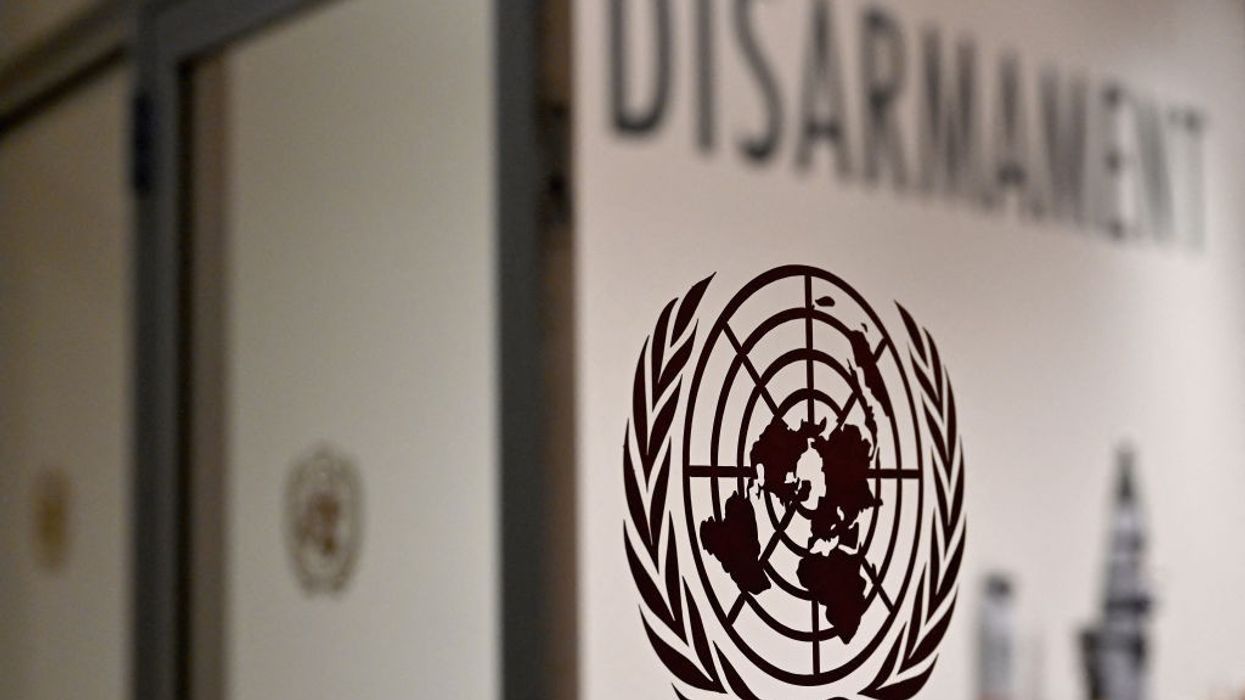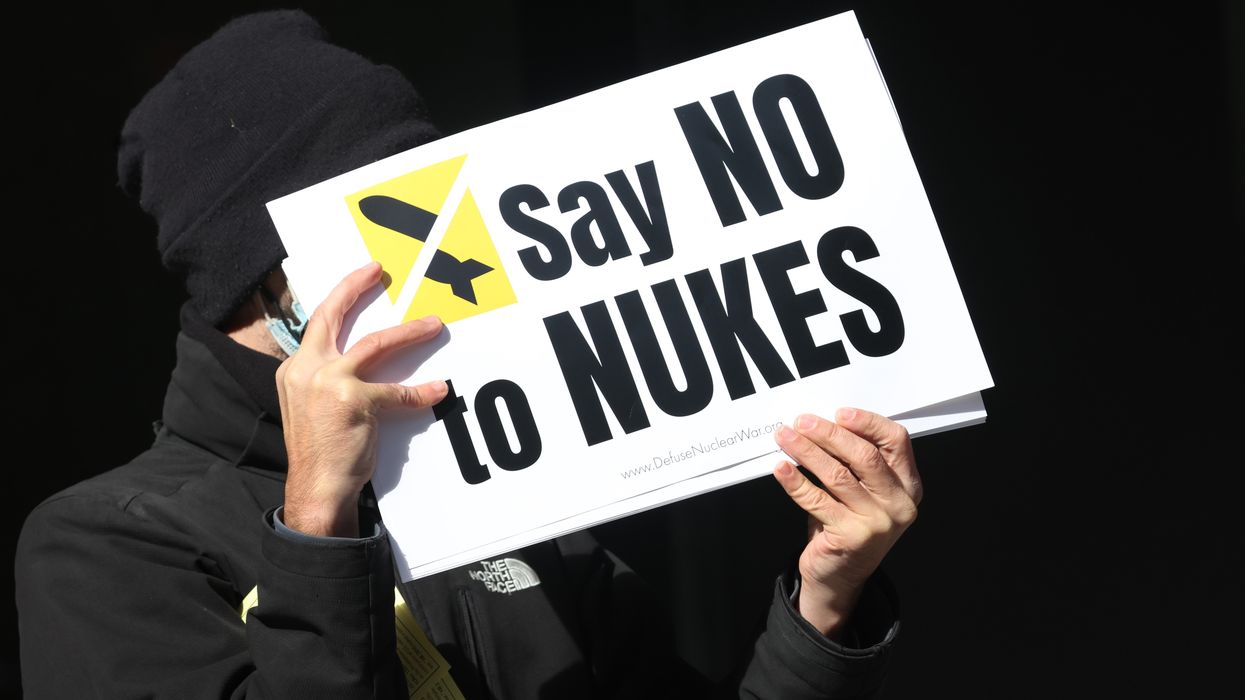"Military action is not an effective long-term strategy for preventing a nuclear-armed Iran."
President Donald Trump ordered the attacks on the Fordow Uranium Enrichment Plant, the Natanz Nuclear Facility, and the Isfahan Nuclear Technology Center despite decades of U.S. intelligence community consensus—including his own administration's recent assessment—that Iran is not trying to develop nuclear weapons. Trump also disregarded international law, his own two-week ultimatum for Iran, and the fact that the three facilities were supposed to be safeguarded by the International Atomic Energy Agency (IAEA).
"From a nonproliferation perspective, Trump's decision to strike Iran was a reckless, irresponsible escalation that is likely to push Iran closer to nuclear weapons in the long term," Davenport said during Monday's webinar. "The strikes did damage key Iranian nuclear facilities, like the underground Fordow enrichment site. But Tehran had ample time prior to the strikes to remove its stockpile of near-weapons-grade uranium to a covert location, and it's likely that they did so."
"This underscores that the strikes may have temporarily set back Iran's program, but military action is not an effective long-term strategy for preventing a nuclear-armed Iran," she continued. "Because technically, Iran has retained its nuclear weapons capability and critical aspects of the program."
"And politically, there's greater impetus now to weaponize," Davenport contended. "I mean, strikes are already strengthening factions in Iran calling for withdrawal from the Nuclear Nonproliferation Treaty (NPT) and strengthening arguments that nuclear weapons are necessary to deter further attacks."
Rejecting the president's claim to have "completely and totally obliterated" Iran's nuclear sites, Davenport said that "all Trump has destroyed is U.S. credibility, I think Iranians have less reason now to trust the United States to negotiate an agreement in good faith."
Davenport continued:
Iran has certainly learned the lessons of past history. I mean, [former Libyan Prime Minister] Moammar Gadhafigave up Libya's nuclear weapons program, and later was overthrown by Western-backed forces. Syria, its nuclear weapons program was bombed while it was still in its infancy. Decades later, [former Syrian President] Bashar al-Assad was overthrown.
The United States has demonstrated it is not interested in credible negotiations under the Trump administration, and that if a deal is struck there's no guarantee that the United States will abide by its commitments, even if Iran is abiding by its end of the bargain. That's what we saw in the [Joint Comprehensive Plan of Action] scenario. So it really raises questions about U.S. nonproliferation policy going forward, and the risk of erosion, you know, to the nuclear nonproliferation treaty.
In 2018, Trump unilaterally withdrew the United States from the Joint Comprehensive Plan of Action (JCPOA), also known as the Iran nuclear deal, despite his own administration's assessment that Tehran was in full compliance with the agreement. Critics argued Trump's move was meant to satisfy Israeli Prime Minister Benjamin Netanyahu, who has boasted about being able to control U.S. policy and whose country has an undeclared nuclear arsenal and is not a party to the NPT.
Davenport highlighted the "uptick in conversation" in Tehran about quitting the NPT, given that "the treaty cannot preserve and protect civil nuclear activities."
"I think it is worth underscoring that the United States struck sites that were under International Atomic Energy Agency safeguards. These were not covert enrichment facilities," she stressed. "These were not sites where Iran was dashing to the bomb. You know, there's no evidence of that. These were safeguarded facilities that the IAEA regularly has access to."
"This is a devastating blow to the nonproliferation regime," Davenport said. "And I think over time, this is going to contribute to erosion of the treaty. It's such a terrible precedent that could drive states to determine that the Nuclear Nonproliferation Treaty no longer benefits their security, that their civil programs can become targets without any evidence of weaponization, and drive further questioning of whether remaining in the Nuclear Nonproliferation Treaty is in their interest."
IAEA Director General Rafael Grossi—who last week said there was no proof Iran is trying to build a nuclear bomb—also warned during a Monday meeting of the body's board of governors in Vienna that "the weight of this conflict risks collapsing the global nuclear nonproliferation regime."
"But there is still a path for diplomacy," Grossi said. "We must take it, otherwise violence and destruction could reach unimaginable levels and the global nonproliferation regime that has underpinned international security for more than half a century could crumble and fall."
"Iran, Israel, and the Middle East need peace," he emphasized. "Armed attacks on nuclear facilities should never take place and could result in boradioactive releases with grave consequences within and beyond the boundaries of the state which has been attacked. I therefore again call on maximum restraint. Military escalation not only threatens lives, it also delays us from taking the diplomatic path."
"To achieve the long-term assurance that Iran does not acquire a nuclear weapon and for the continued effectiveness of the global nonproliferation regime, we must return to negotiations," Grossi added.
Iranian officials and other observers have accused Grossi and the IAEA of complicity in U.S. and Israeli attacks on Iran. Last week, Iran filed a complaint against the agency's chief for allegedly "undermining the agency's impartiality."
This, following last week's IAEA board of governors approval of a resolution stating that Iran is not complying with its obligations as a member of the body, a finding based largely on dubious intelligence that skeptics compared to the "weapons of mass destruction" lies in the lead-up to the 2003 U.S.-led invasion of Iraq.
In an opinion piece published Monday by Common Dreams, Medea Benjamin and Nicolas J.S. Davies of the peace group CodePink wrote that the U.S. and Israel "used Grossi" to "hijack the IAEA and start a war on Iran."
"Rafael Grossi should resign as IAEA director before he further undermines nuclear nonproliferation and drags the world any closer to nuclear war," Benjamin and Davies added.
On Monday, the Majlis, Iran's Parliament, began weighing legislation to suspend cooperation with the IAEA.
"The world clearly saw that the IAEA has failed to uphold its commitments and has become a political instrument," Majlis Speaker Mohammad Baqer Qalibaf said on the chamber floor Monday.
Qalibaf added that Iran would "will definitely respond in a way that will make gambler Trump regret" attacking Iran.
Later Monday, Iran fired a salvo of missiles at a military base housing U.S. troops in Qatar and, reportedly, at an American facility in Iraq. There have been no reported casualties or strike damage.
This was followed by Trump's announcement on social media of a cease-fire agreement between Israel and Iran.


